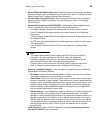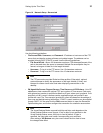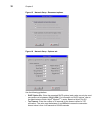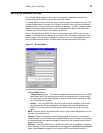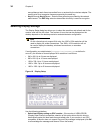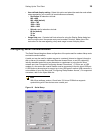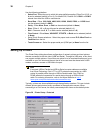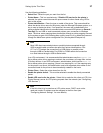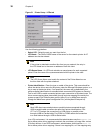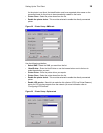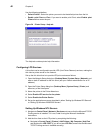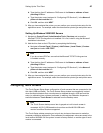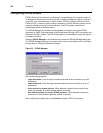
Setting Up the Thin Client 37
Use the following guidelines:
• Select Port - Select the port you want from the list.
• Printer Name - This is a required entry. If Enable LPD service for the printer is
selected, the printer name becomes the queue name for other clients using LPR to
print to this printer.
• Printer Identification - Enter the type or model of the printer. This name should be
either the device driver name for the printer under the Microsoft Windows system, or a
key to map to the device driver. If not specified, the name will be defaulted to the
printer-supplied identification for standard direct-connected USB printers or Generic /
Text Only for non-USB or serial-connected printers upon connection to Windows
hosts. The driver name mapping takes place either through a printer-mapping file read
by the system as part of the Global system profile (wnos.ini) or by MetaFrame servers
through the MetaFrame printer configuration file (\winnt\system32\wtsprnt.inf).
Note
Most USB direct-connected printers or parallel printers connected through
USB-to-parallel cable converters do report their printer identifications. Port
LPT1 or LPT2 selects the connection to a USB printer or parallel printer
through a USB-to-Parallel cable. Port COM1 or COM2 selects the connection
to a serial device through a USB-to-Serial cable.
In an ICA environment, it is recommended that administrators use the wtsprnt.inf
file to define printer driver mapping to maintain the consistency of usage from various
ICA client devices. In an RDP environment, administrators should use the wnos.ini
file to define printer driver mapping. If there is no mapping file, or if the mapping entry
for the printer is not found, the identification must be a supported driver name on the
connected hosts for the printer to be automatically created on the hosts.
• Printer Class - Select the printer class from the list.
• Enable the printer device - This must be selected to enable the directly-connected
printer.
• Enable LPD service for the printer - Select this to make the thin client an LPD (Line
Printer Daemon) server for LPD printing requests from the network (see “Configuring
LPD Services” ).
Note
If the thin client is to be used as an LPD printer server, DHCP must not be
used and a static IP address must be assigned to the thin client (see
“Configuring Network Settings” for more details).



